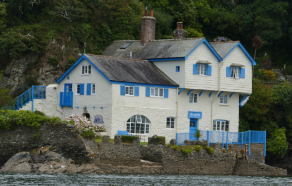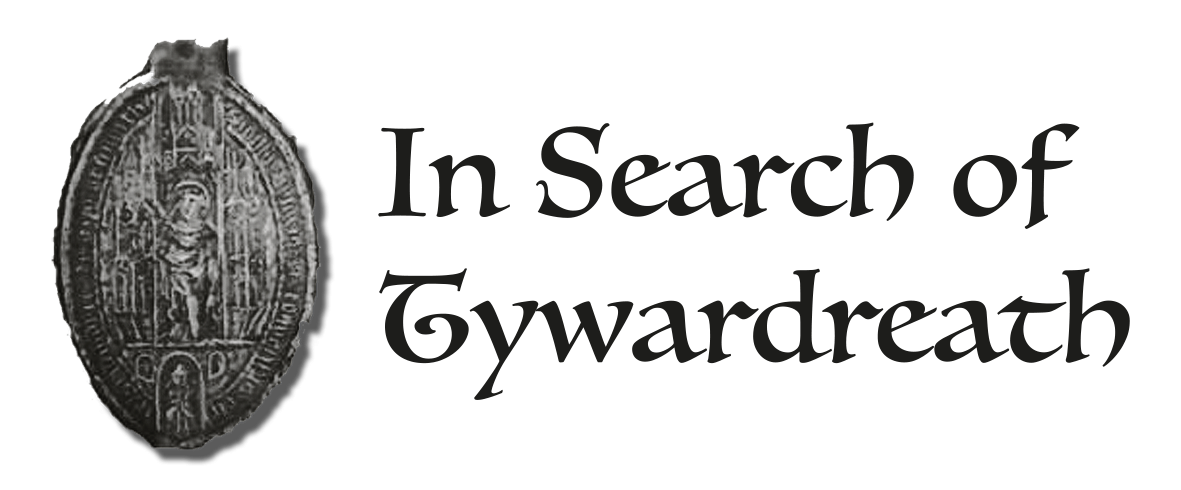As well as being the title of a Daphne du Maurier novel, ‘House on the Strand’ is what Tywardreath means in Cornish.
The novel effectively brings together time travel and the hallucinogenic drugs of the 1960s, and in 2019, the fiftieth anniversary of publication, a stage version was produced in a public garden close to the village.
Much of the action is centred on Kilmarth, Daphne du Maurier’s third home in Cornwall. The second was Menabilly, which became Manderley in her most famous novel, ‘Rebecca.’ Her first Cornish home, pictured, is Ferryside which is still occupied by her son, Kits Browning.
She first saw the house in 1926 when the family came to Cornwall looking for a holiday home. They had stayed the night in Looe and had driven down the hill to the Bodinnick ferry that would take them across to Fowey, but decided first to have lunch in the nearby pub.
Daphne and her sisters Angela and Jeanne saw a ‘for sale’ sign on a house close to the ferry. As their mother talked in the pub, the three girls ran off and learned from the ferryman that the house, built like a Swiss chalet, was called Swiss Cottage and had been used to build boats. They opened the gate and explored.
There was no need to look any further for a

holiday home. The du Mauriers bought the house, changed the name and the builders and decorators got to work. The family were able to move in the following May, the day after Daphne’s twentieth birthday.
Cornwall, Fowey and Ferryside gave Daphne a freedom she had been denied in London when her attempts at writing were so unsatisfactory that they frequently ended in depression.
She soon got to know the people in Bodinnick including a man called Adams who taught her how to handle a boat in rough seas and fish for conga eels.
Ferryside was where she wrote her first novel, The Loving Spirit’ and where she spotted the man who was to become her husband cruising up and down the river in a motor boat. This was the youngest major in the British Army known to his colleagues as Boy Browning.
